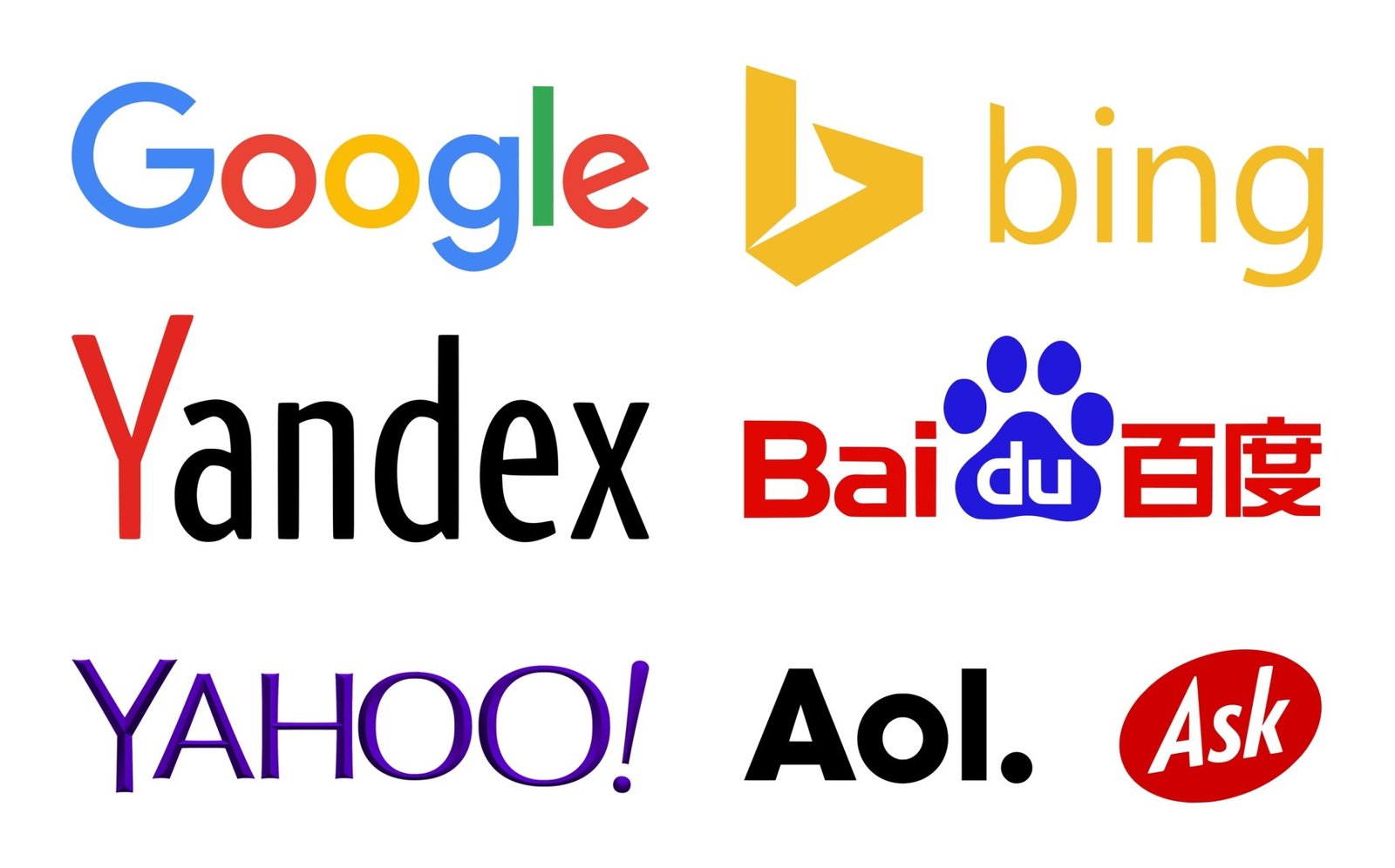Search engines have become an indispensable part of our daily digital lives, guiding us through the vast expanses of the internet. From their humble beginnings as basic directory systems to today’s AI-driven algorithms, the evolution of search engines reflects the broader transformation of the web and our interaction with information. Understanding the trajectory of search engine development helps appreciate the complexity behind what seems like a simple query box.
The Early Days: Directories and Indexing
The origin of search engines can be traced back to the early 1990s, during the formative years of the World Wide Web. At that time, the internet was a relatively small space, and discovering websites was a manual process. Early systems like Archie (1990) and Gopher (1991) functioned more like file indexes than modern search engines. Users could search through FTP archives using filenames, but the tools lacked the capacity to analyze or rank content.
Soon after, web directories like Yahoo! Directory emerged, where websites were categorized manually by human editors. While efficient in the early stages, this method quickly became unsustainable as the number of websites grew exponentially.
The Rise of Web Crawlers and Automated Indexing
The mid-1990s marked a turning point with the introduction of web crawlers, automated programs designed to browse the web and index content. Search engines like Lycos, AltaVista, and Excite began to gain traction. These tools could crawl and index entire web pages, which allowed for broader and more dynamic search capabilities.
AltaVista, launched in 1995, was particularly revolutionary. It introduced natural language processing and allowed for multi-language support. Unlike directory-based systems, AltaVista could deliver results based on the actual content of the page, not just metadata or category placement.
Despite these advances, early search engines often produced irrelevant or spammy results due to rudimentary ranking algorithms. They primarily used keyword matching, which was easy to manipulate. This led to the emergence of “keyword stuffing” and other SEO tricks that degraded the quality of search results.
Google and the PageRank Revolution
In 1998, Google entered the scene and fundamentally changed the search engine landscape. Founded by Larry Page and Sergey Brin, Google introduced the PageRank algorithm, which ranked web pages based on the number and quality of links pointing to them. The idea was simple but powerful: a link from a reputable site counted as a vote of confidence for the linked content.
This approach significantly improved result relevance and reduced the influence of spammy techniques. Google’s minimalist design and lightning-fast search results also set a new standard for user experience. Over time, Google incorporated other innovations such as personalized results, spell correction, and predictive text. Even today, with every new core update or AI-powered feature rollout—often covered widely in tech news—Google continues to redefine how search adapts to user behavior and expectations.
Semantic Search and the Era of AI
As search engines matured, so did the complexity of user queries. Instead of searching for simple keywords, users began asking complete questions. This shift prompted the development of semantic search, which aims to understand the intent behind a query rather than just the literal words.
Google’s Hummingbird update in 2013 marked a major step toward semantic search, followed by the introduction of the RankBrain algorithm in 2015, which utilized machine learning to interpret ambiguous queries and continuously improve search accuracy.
Other search engines like Bing and DuckDuckGo also adopted AI technologies to refine results and enhance privacy. Voice search, powered by virtual assistants like Siri, Alexa, and Google Assistant, introduced new challenges and opportunities, requiring search engines to interpret conversational language and context.
Current Trends and the Future of Search
Today, search engines are far more than text-based query tools. They integrate multimedia content, provide direct answers through featured snippets, and deliver localized results using geolocation data. Visual and voice search are growing rapidly, and platforms like Google Lens allow users to search using images instead of text.
AI continues to play a pivotal role in the evolution of search. Large language models (LLMs), like OpenAI’s GPT and Google’s Gemini, are enabling more intuitive and context-aware interactions. These systems can generate answers, summarize documents, and even interact in a conversational format, blending the lines between search and dialogue.
Privacy concerns are also influencing search engine evolution. Alternatives like Brave Search and Neeva (prior to its closure) gained attention by prioritizing user privacy and offering ad-free experiences.
Conclusion
The evolution of search engines mirrors the broader trends in technology and human behavior. From basic directories to intelligent, AI-driven platforms, search engines have become more than information retrieval tools—they are now digital companions that understand, anticipate, and respond to our needs. As artificial intelligence continues to evolve, the future of search promises even more personalized, intuitive, and interactive experiences, forever changing the way we connect with the digital world.
